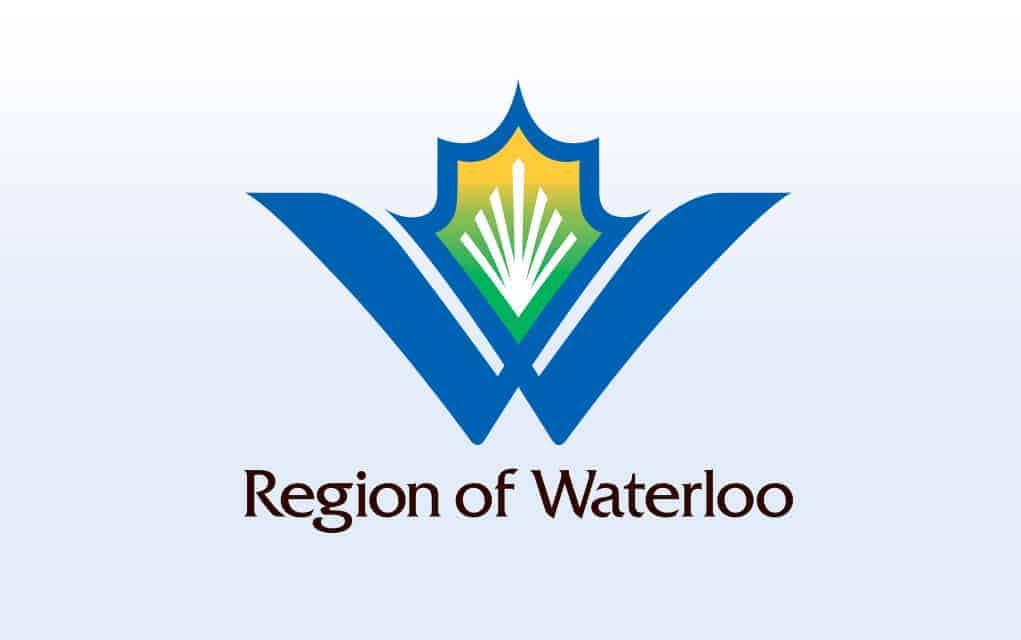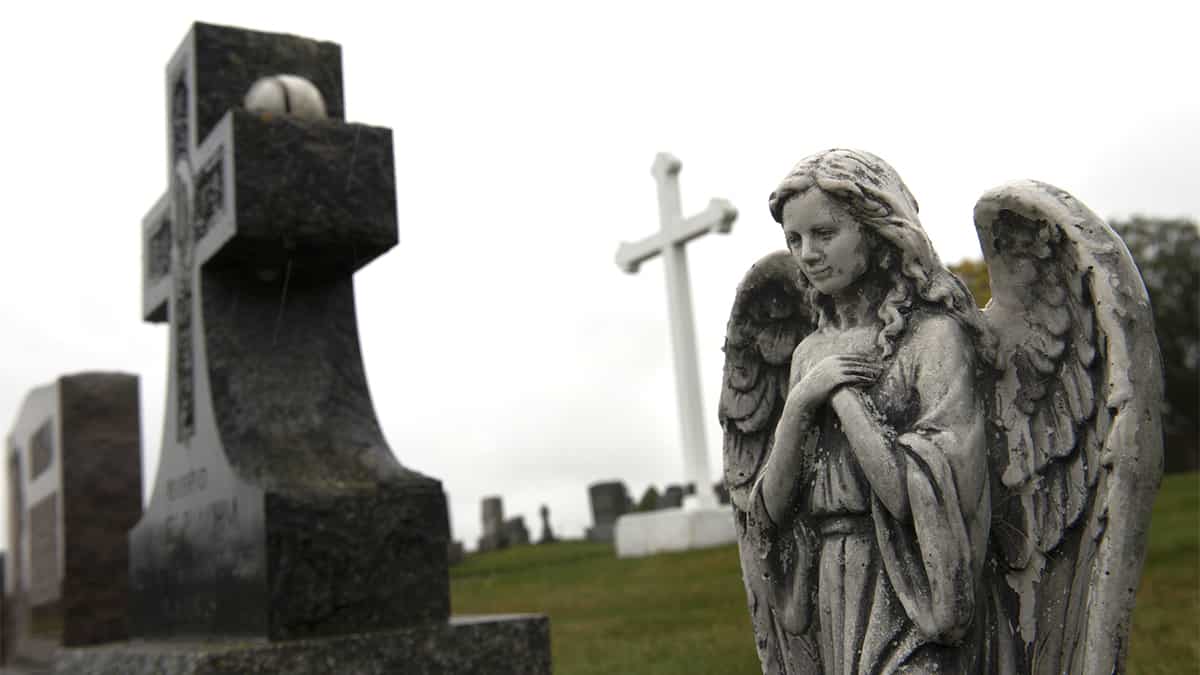Looking for potential cost efficiencies by working together, the region’s four rural township’s may be taking a closer look at library services.
An interim A report from the consultant hired for a so-called joint services review found costs and services related to the Region of Waterloo Library as perhaps the most out of line in comparisons to other jurisdictions. Also under study to find common ground are fire services, emergency management, information technology and corporate communications.
The KPMG findings were discussed October 22 at a joint meeting of representatives from Woolwich, Wellesley, Wilmot and North Dumfries councils, along with the regional officials.
Though the numbers are preliminary and the report contains no recommendations, the comparators show the library system with perhaps the most potential for cost savings to be found. The library is operated by the region with a 2020 budget of $3.2 million (an average cost per household of $83), with each of the townships responsible for providing and maintaining the actual buildings.
The KPMG study found The Region of Waterloo Library has the lowest participation of its residents among the comparator group, a list that includes Middlesex, Oxford and Wellington counties, along with Uxbridge and Grimsby. RWL also has the highest percentage of staffing expenditures of the comparator group, among other indicators.
Wellesley Mayor Joe Nowak noted the library figures showed the largest gaps of the services studied in the report.
“The library was the worst. We don’t have the subscribers that we should,” he said of the costs versus members served.
While the township mayors serve on the library board, they don’t have much say over the library operations, he added, suggesting restructuring the board to give the four townships more control might be useful.
“That’s one change that could happen.”
“I think there’s potential there,” said Woolwich Mayor Sandy Shantz in an interview, noting the interim report was short on details
“I’m expecting the next report to have more meat,” she added.
“We’re all excited to see where it goes. We’re interested in seeing what we can do with it.”
David Brenneman, Woolwich’s chief administrative officer, said the library numbers suggest there’s room to find efficiencies.
“It’ll be interesting to see what KPMG comes up with,” he said, noting the library isn’t new. “It’s been something that’s been talked about for years, but it’s never been studied.”
Each of the four townships contributed a quarter of the $100,000 paid to KPMG to carry out the study, with the money coming from the province’s modernization fund, established following its review of regional governments.
The review – led by former regional chair Ken Seiling and former provincial bureaucrat Michael Fenn – looked at Ontario’s eight regional municipalities (Durham, Halton, Muskoka District, Niagara, Oxford County, Peel, Waterloo and York), the County of Simcoe, and their 82 lower-tier municipalities.
Instead of amalgamation, the province offered $143 million in funding to help municipalities find ways to lower expenses and improve services.
With the money in hand to find efficiencies, the study is warranted, said Nowak, though he said he’s not sure just how useful the outcome will be.
“I’m not sure where this is going,” he said of the process, noting the final report should have more details about where savings can be found, for instance.
“I expect they’ll find … some marginal things that could be done – that’s my guess.”
Still, it’s not a bad idea to do an investigation into how things are running, even if shows the status quo is the best choice.
“I’d be happy with that, actually,” said Nowak.
The review is a more detailed extension of the kind of collaboration that’s been going on for some time, said Shantz.
“We have worked together, and we do work together,” she said of cooperation among the region’s municipalities.
A final report due in December, though the real work of crunching the numbers is just getting underway following last week’s meeting, said Brenneman.









